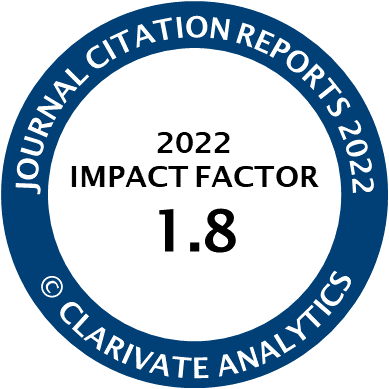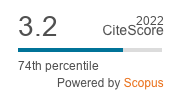Article | Open Access
Mapping the Palimpsest of Milieus: Towards a Shared Project on the Open Spaces of the Plaine Lyon-Saint-Exupéry
| Views: | 1466 | | | Downloads: | 893 |
Abstract: This article examines the tools and methods that contribute towards the development of open-space projects in urban countrysides as part of land-use planning processes. It focuses on the creation of a support to encourage dialogue between ecology and landscape architecture professionals, in relation to their common interest in the history of the territories they are analysing. Based on the notion of palimpsest, we propose an original methodology for the cartographic representation of milieus, designed as a tool for interprofessional work. We conducted an experiment within the operational context of the Plaine Lyon-Saint-Exupéry so as to set out this method of data and map production on GIS software, reinterpreting the historical atlas of the Canton of Geneva (Corboz, 1983; Léveillé et al., 1993). We will see that these cartographic representations allow for unique readings of planned territory in order to imagine its future. For ecology and landscape professionals working on the open spaces in question, they contribute to develop complementary project intents and new modes of exchange with local actors with regard to its co-construction. The palimpsest mapping tool may therefore be defined as an ‘intermediary object’ for a shared multifunctional project on open spaces.
Keywords: cartography; interprofessionality; landscape architecture; landscape ecology; open space; periurban; regional planning; territorial planning; urban countryside
Published:
© Alexandre Callens. This is an open access article distributed under the terms of the Creative Commons Attribution 4.0 license (http://creativecommons.org/licenses/by/4.0), which permits any use, distribution, and reproduction of the work without further permission provided the original author(s) and source are credited.




